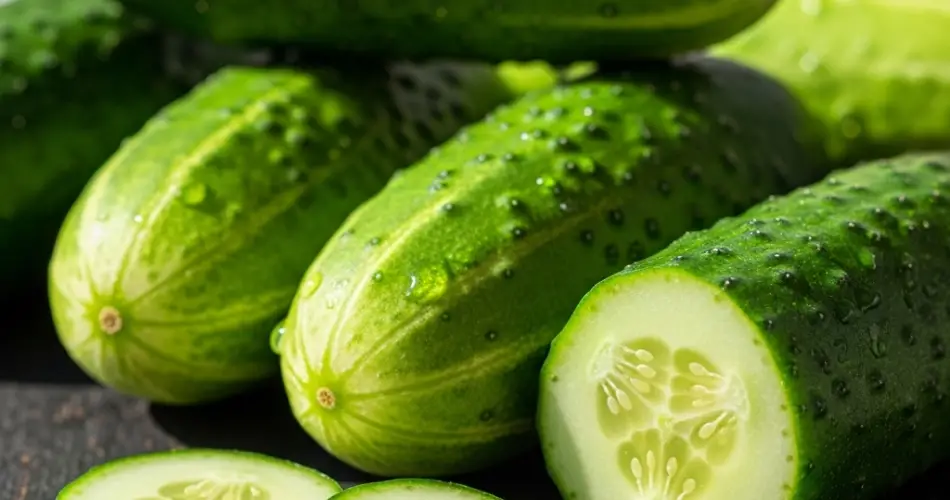Cucumbers thrive when given the proper space and structure to climb. Growing them vertically not only saves garden space but also improves air circulation, reduces pests and diseases, and results in straighter, healthier fruits. Whether you’re working with a backyard garden or a small patio container, implementing a vertical trellis system can greatly improve your cucumber harvest. Here are several practical and creative ideas for growing your cucumber plants vertically.
Why Use a Vertical Trellis?
Cucumbers are natural climbers, equipped with tendrils that help them latch onto supports. When grown on the ground, the vines tend to sprawl, making them more susceptible to fungal diseases, pest infestations, and misshapen fruits. Vertical growing reduces these problems by lifting the plant off the soil and allowing better airflow and sunlight exposure. It also makes harvesting easier and can increase yields in small spaces.
1. A-Frame Trellis
An A-frame trellis is a popular and sturdy option, especially for heavier cucumber varieties. It’s made by connecting two panels at the top to form a triangle. You can use wooden planks, bamboo, or metal rods and stretch garden netting or chicken wire between the sides for the vines to grip. This setup works well in raised beds and allows you to grow cucumbers on both sides, maximizing space efficiency.
Benefits:
2. Vertical Panel Trellis
A vertical panel trellis is one of the simplest solutions. You can install a tall wooden or metal panel directly into the soil or at the back of a container. Attach netting, lattice, or wire mesh to the frame, giving the cucumber tendrils plenty of areas to grip. This method is ideal for limited garden space and patio containers.
Benefits:
3. String or Wire Trellis
If you want an inexpensive and flexible trellising system, consider using string or wire. This is especially effective in greenhouse setups. Attach strings from a top support beam and anchor them into the soil near each cucumber plant. As the vine grows, guide it along the string. Regular pruning and training are essential to prevent tangling.
Benefits:
4. Arch Trellis
An arch trellis is both decorative and functional. Made from metal fencing, cattle panels, or sturdy bamboo poles bent into an arch, this method lets cucumbers hang down for easy picking. It’s an eye-catching addition to any garden and can also be used to grow other climbers like beans or squash.
Benefits:
5. Teepee Trellis
This is a fun and creative trellis style, especially great for kids’ gardens. Use three to five poles (wooden or bamboo) and tie them together at the top to form a cone shape. Wrap twine or mesh around the structure to provide extra support. It’s a great option for smaller spaces or raised beds.
Benefits:
6. Tomato Cage or Obelisk
Repurpose tomato cages or decorative obelisks as cucumber trellises. While these may be better suited for bush-type cucumber varieties, they work well in container gardens or where space is very limited. Simply place the cage over the plant and allow it to climb upward.
Benefits:
-
No building required
-
Compact and portable
-
Suitable for containers
Cucumber Varieties That Climb Well
For vertical growing, choose vining cucumber varieties rather than bush types. Some excellent climbing cucumber varieties include:
-
Marketmore 76
-
Straight Eight
-
Lemon Cucumber
-
Armenian Cucumber
These varieties produce vigorous vines and adapt well to trellising systems.
Maintenance Tips
-
Training: Gently guide the vines up the trellis in the early stages. You can tie them loosely with garden twine until the tendrils take hold.
-
Pruning: Remove any side shoots or suckers to keep the plant focused on upward growth.
-
Feeding: Apply balanced fertilizer regularly to support healthy foliage and fruit production.
-
Watering: Keep the soil evenly moist, especially during flowering and fruiting stages.
Final Thoughts
Vertical trellising is one of the most efficient ways to grow cucumbers, particularly in urban gardens and compact spaces. With the right structure, your cucumber plants will stay healthier, produce more fruit, and look tidier. Whether you go with a simple string system or build an elaborate archway, the results will speak for themselves in your harvest basket.
